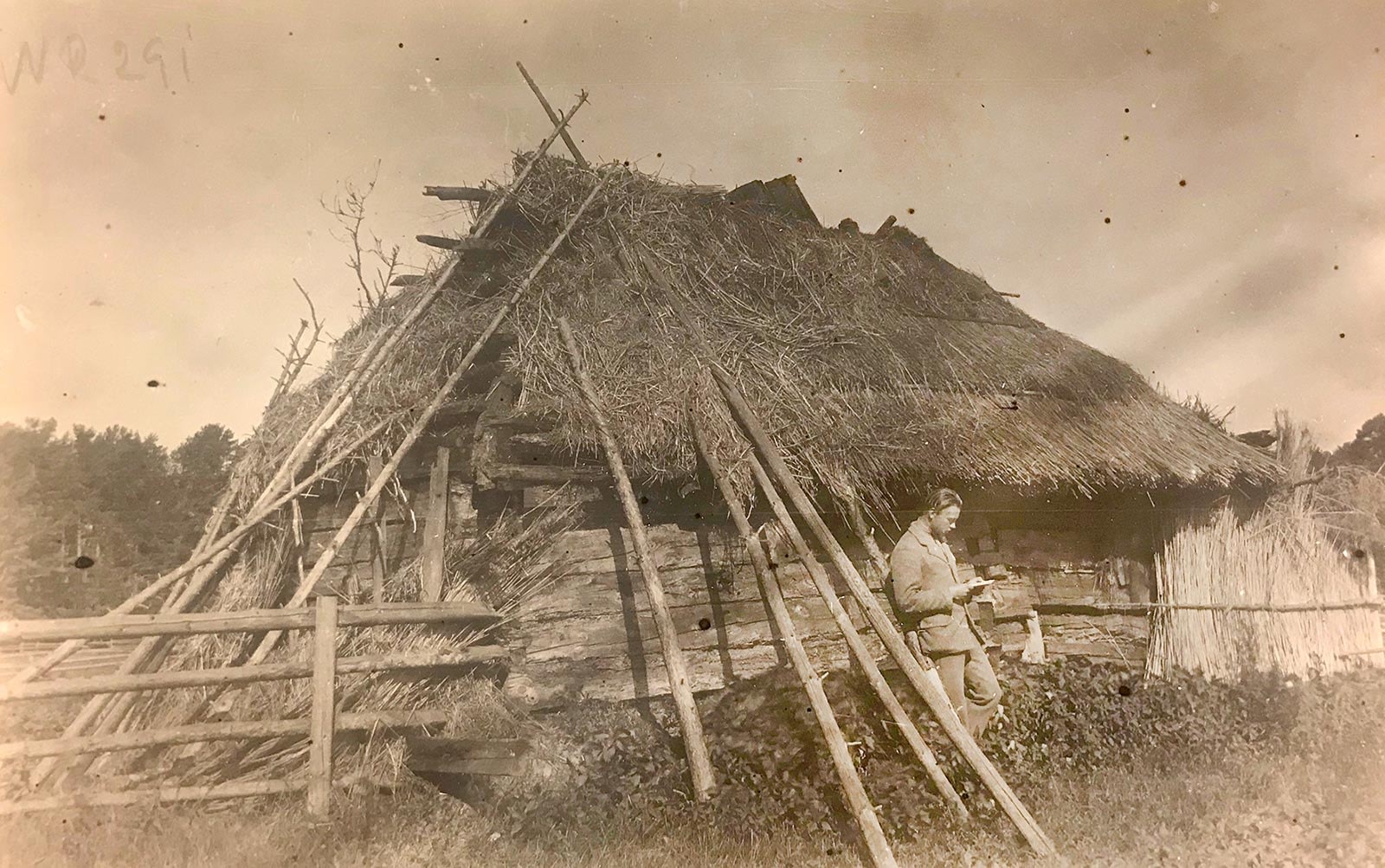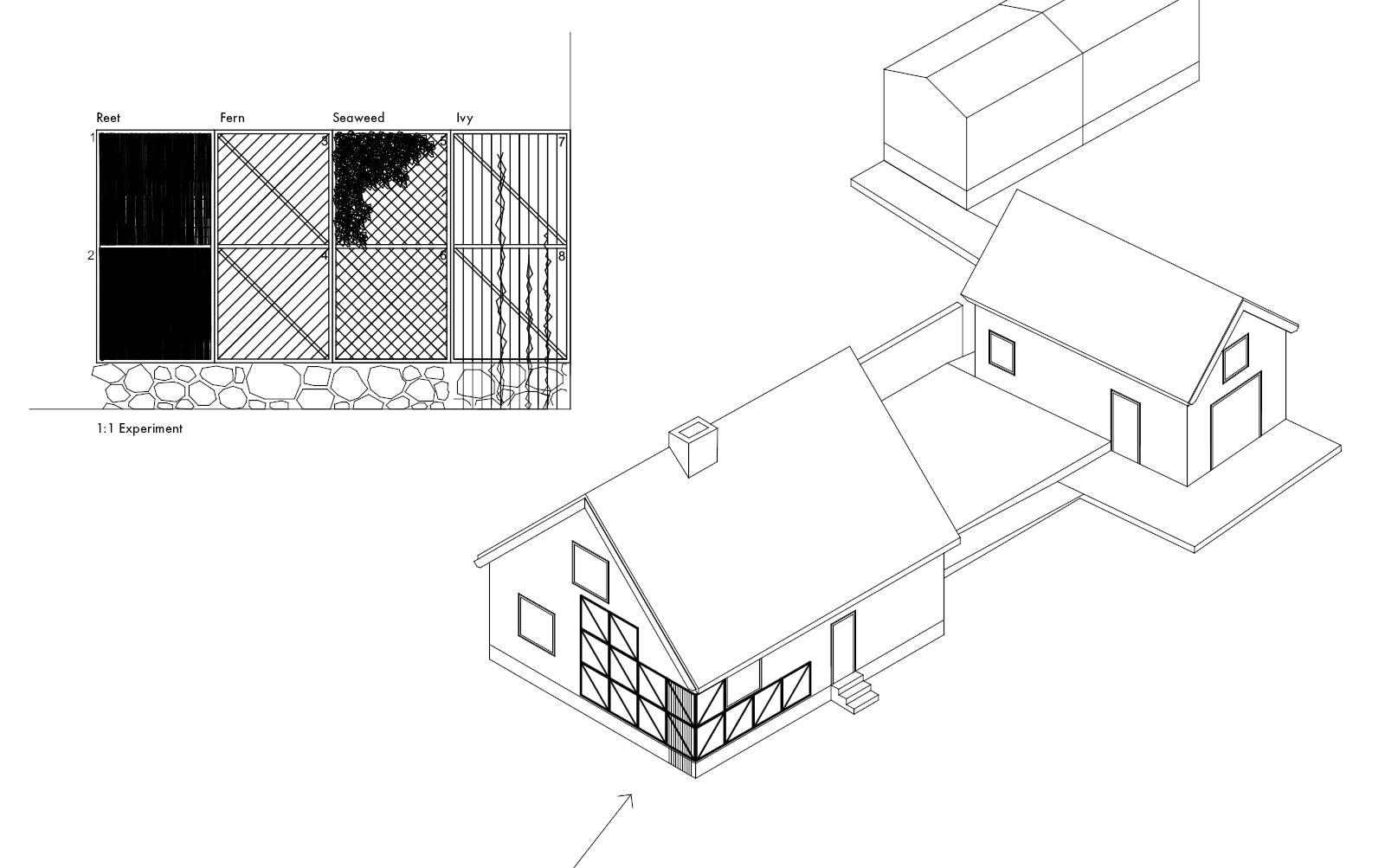Fri 16 Sep
12:00
Susanne Brorson, Rügen
Seasonal Wall Dressing
We are currently designing buildings that should do it all – withstand the heat, protect from cold, full of technological solutions that have to balance out what the building itself can’t do. If we want to reduce the amount of technological appliances in buildings and are worried about diminishing resources, we have to re-introduce passive strategies that are specifically suited for certain locations.
Seasonality is one of the key characteristics of the Baltic climate, ranging from −30° in winter to +30° in summer, with more frequent temperature extremes expected due to climate change. These climatic conditions in Northern Europe have – in the past – formed a seasonal way of living, reflected in local traditional architecture. The use of “different” buildings or building parts throughout the year is deeply rooted in Northern culture, with people moving from winter houses to summer houses and vice versa, from unheated summer living spaces to smaller winter dwellings.
Another important passive strategy relates to the seasonal adaptation of buildings. Many examples for temporary or seasonal construction methods have been identified as part of my research on vernacular architecture within the Baltic Sea Region. From additional window panes in winter (Finland, Sweden) to be removed in summer, to “eatable” winter wall cladding (Northern Germany and Denmark, when domestic animals were fed with wall insulation during winter), from piling up branches and garden leftovers as additional insulation (Baltic states). What might look unconventional at first, is resource-optimized construction at its best – only applied when really needed, sometimes making spontaneous use of what is to hand, using local and compostable material.
During my research, “seasonal wall dressing” was identified as one key characteristic method in Baltic vernacular architecture. Seasonal wall cladding applied during windier and colder months could be observed in various parts of the Baltic research area, mostly made from thatch/reet, straw, seaweed, fern leaves, ivy, or simple wood or willow branches. Through the careful observation of environmental and climatic conditions the former inhabitants knew where and how to apply it – not necessarily and most often not on all four walls.
The “Seasonal Wall Dressing Experiment” on the Baltic Island of Rügen is aimed at exploring this seasonal construction principle using a modular façade panelling system. The panelling structure was applied to an East German Type House EW58 with solid brick walls, built in 1952. Through CFD modelling certain areas of the façade have been identified as being most wind-exposed and prone to heightened cooling effects. The 1 m × 1 m timber frame panels of the modular façade structure can be easily removed by a single person and “dressed” individually using different nature materials, forming an additional insulation layer and reducing the cooling effects through wind exposure. The experimental structure is up since summer 2021, and results have been monitored throughout the year. The “Seasonal Dressing” thereby is not solely acting as a passive climate-adaptation strategy, but is moreover a design element integrated in an overall architectural expression relating to Sempers “Bekleidungstheorie”.
Refences
Vitruvius. 1960. The Ten Books on Architecture (30 BC, translated 1914), Dover Publications.
Ewenstein, Boris, and Jennifer Whyte. 2009. “Knowledge Practices in Design: The Role of Visual Representations as ‘Epistemic Objects’” 30 (Organization Studies).
Käferstein, Johannes, ed. 2020. Wege Zum Raum: Konstruktive Denkweisen in Der Architekturausbildung. Quart Verlag.
Alberti, Leon Battista. 1991. On the Art of Building in Ten Books 1443. MIT Press.
Soussloff, Catherine M. 1997. The Absolute Artist. University of Minnesota Press.

© Susanne Brorson

© Susanne Brorson
Susanne Brorson
Susanne Brorson graduated from Bauhaus-University in Weimar in 2004 with a Diploma in Architecture, with studies at the University of the Arts in Berlin and abroad at Politecnico di Milano and the Bartlett School of Architecture in London. She has been working with Jarmund Visgnaes in Oslo, Stephen Taylor Architects in London and Gonzalez Haase AAS in Berlin, before setting up her own practice STUDIO SUSANNE BRORSON on the Baltic Island of Rügen. Susanne is currently finalizing her PhD on “Climatic design strategies in Baltic vernacular architecture” at Berlin Technical University Berlin. She is furthermore guest professor and member of the academic council at RISEBA FAD University in Riga.